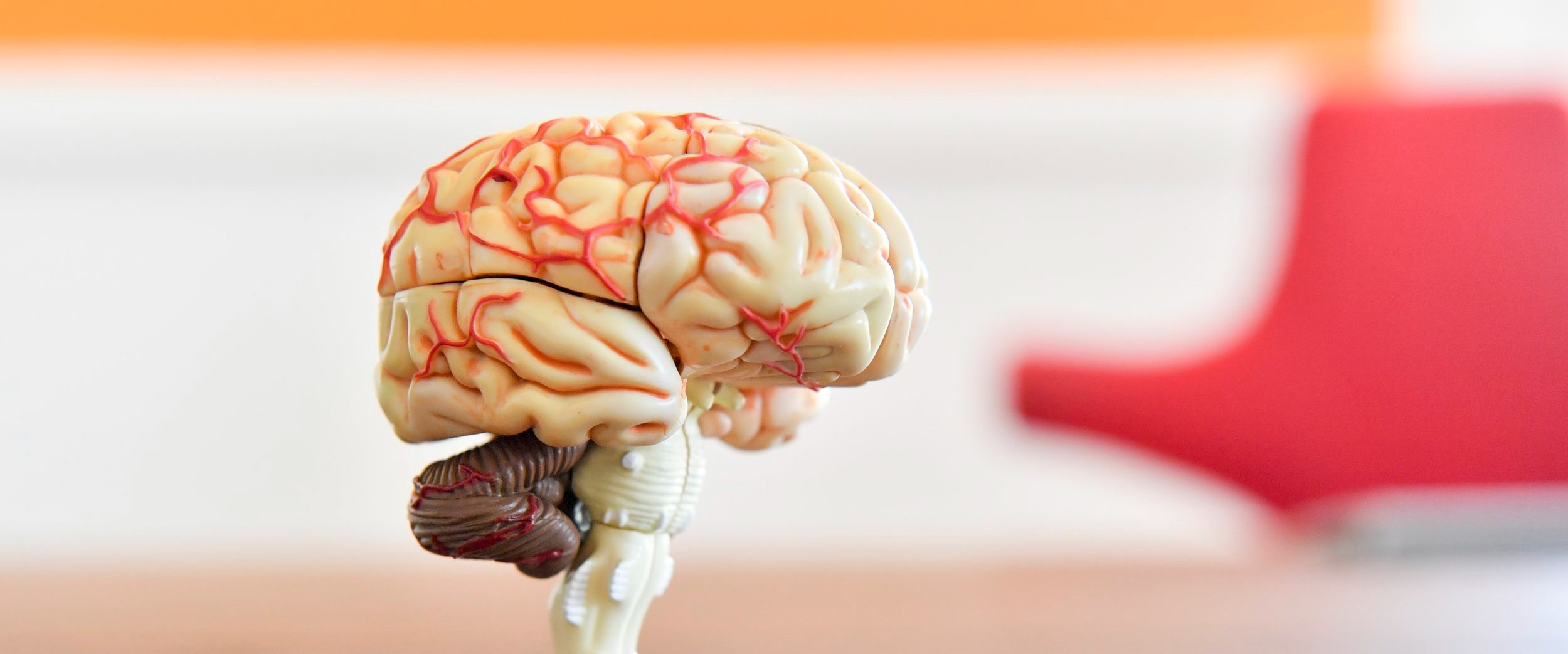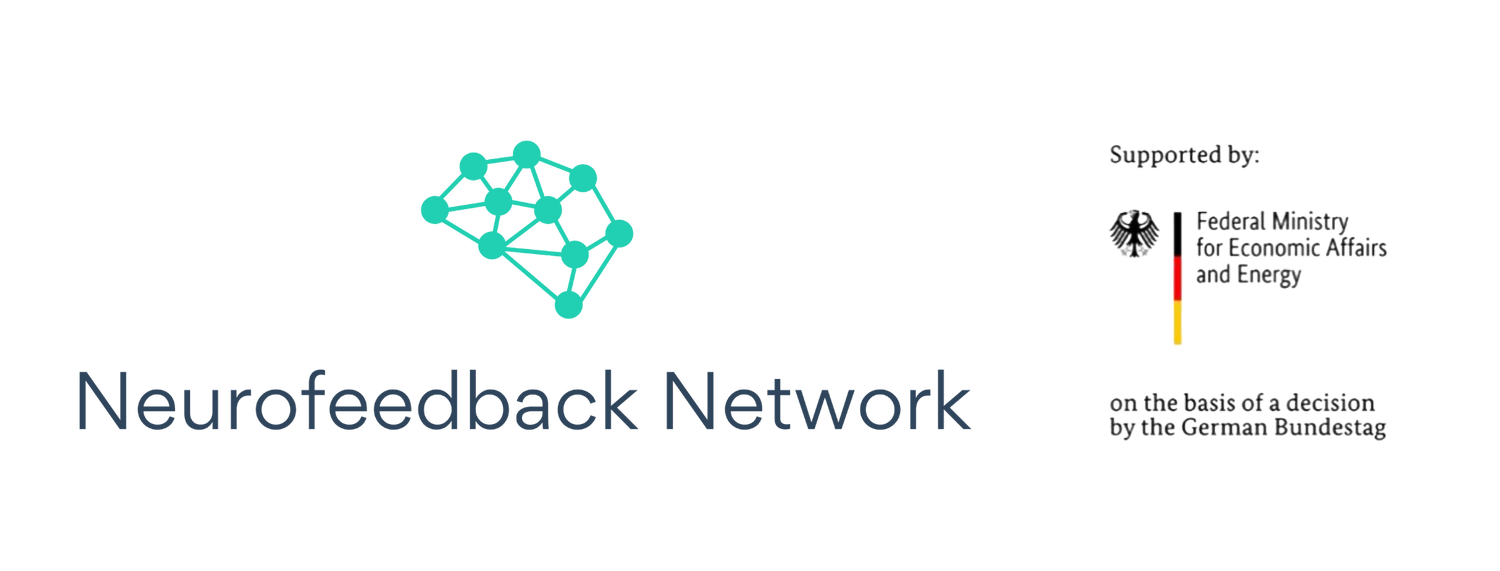
Neurofeedback research and study situation
Neurofeedback is becoming increasingly important in research. As the method can improve the self-regulation of brain activity, there is a wide range of applications. Neurofeedback should always be seen as part of an overall treatment approach.
There are now numerous research projects investigating the effectiveness of Neurofeedback in different areas of application. In addition, the use of Neurofeedback alone has become a focus of research. The number of scientific publications in this area has increased exponentially in recent years.
Epilepsy and AD(H)D currently have the largest number of papers on the effectiveness of Neurofeedback. The associated meta-analyses confirm the effectiveness of the method. In addition, some controlled studies document the improved effect of addiction treatments in which Neurofeedback was used as a therapeutic component. There is still a small but promising body of work on, for example, migraine, tinnitus, sleep disorders, tic disorders, autistic spectrum disorders, brain injury and anxiety disorders.
There is also a growing body of scientific work on new methods such as ILF Neurofeedback.
Enclosed you will find some references to student research projects and recommended literature. The compilation includes suggestions for classical Neurofeedback literature as well as modern Neurofeedback methods.
Overview of Neurofeedback Literature
The literature lists on this page have been compiled to include both classical Neurofeedback literature and modern Neurofeedback methods. However, the lists do not claim to be complete. The Neurofeedback Network does not guarantee the content and quality of the individual articles. Rather, it is intended to provide an overview for those interested and to facilitate entry into a deeper exploration of the topic.
-
Wiedemann, M., Segler, K. (2017) Neurofeedback – Wie eine spielerisch leichte Therapie dem Gehirn hilft, Probleme zu überwinden. Kösel Verlag, München.
Haus KM., Held C., Kowalski A., Krombholz A., Nowak M., Schneider E., Strauße G., Wiedemann M. (2013) Praxisbuch Biofeedback und Neurofeedback. Springer Verlag, Heidelberg.
Strehl U. (2013) Neurofeedback: Theoretische Grundlagen, Praktisches Vorgehen, Wissenschaftliche Evidenz, Kohlhammer Verlag, Stuttgart.
Arns M., Heinrich H., Strehl U. (2013) Evaluation of Neurofeedback in ADHD: The long and winding road, Biol. Psychol, 2014, 95: 108-15.
Arns M., De Ridder S., Strehl U., Breteler M., Coenen A. (2009) Efficacy of neurofeedback treatment in ADHD: the effects on inattention, impulsivity and hyperactivity: a meta-analysis, Clinical EEG and Neuroscience 40 (3) 180-9.
-
Kirk H. (2015) Restoring the Brain: Neurofeedback as an Integrative Approach to Health, CRC Press, Taylor and Francis Group.
Othmer S., Othmer SF., Kaiser D., Putman J. (2013) Endogenous Neuromodulation at Infra-Low Frequencies: Seminars in Paediatric Neurology, 20 (4): 246-257.
Legarda SB., McMahon D., Othmer S., Othmer SF. (2011) Clinical Neurofeedback: Case Studies, Proposed Mechanism and Implication for Paediatric Neurology Practice, Journal of Child Neurology 26(8) 1045-1051.
Othmer S., Othmer SF., Legarda SB. (2011) Clinical Neurofeedback: Training Brain Beheavior. Treatment Strategies Peadiatrics, Pediatric Neurology and Psychiatry, 2(1):67-73.
Othmer S., Othmer SF. (2011) Performance Enhancement Applications of Neurofeedback, in: Case studies in applied psychophysiology: Neurofeedback and biofeedback treatments for advances in human performance, W. A. Edmonds, & G. Tenenbaum (editors), Wiley-Blackwell, West Sussex, UK, 2011, pp. 17-30.
Othmer S., Othmer SF. (2011) Neurofeedback for the Autism Spectrum, in: Cutting-Edge Therapies for Autism, 2011-2012, Ken Siri and Tony Lyons, Editors, Skyhorse Publishing, 2011, pp 262-267.
-
Books and book articles:
Bauer H. (2013) Quantitative Elektroenzephalographie (QEEG) und Neurofeedback. In: Neurofeedback. Strehl U. (Hrsg.) Stuttgart: Kohlhammer Verlag.
Kropotov JD. (2009) Quantiative EEG, Event Related Potentials and Neurotherapy. Amsterdam Academic Press.
Journal article:
Brühl AB., Scherpiet S., Sulzer J., Stämpfi P., Herwig U. (2014) Real-time neurofeedback using functional MRI could improve down-regulation of amygdala activity during emotional stimulation: a proof-of-concept study. Brain Topogr, 27(1): 138-148.
Cannon RL., Baldwin DR., Diloreto DJ., Phillips ST., Shaw Tl., Levy JJ. (2014) LORETA Neurofeedback in the Precuneus: Operant Conditioning in Basic Mechanisms of Self-Regulation. Clinical EEG Neuroscience, Epub ahead of print.
Chapin H., Bagarinao E., Mackey S. (2012) Real-time fMRI applied to pain management. Neuroscience Letter, 520(2): 174-181.
Johnstone J., Gunkelmann J., Lunt J. (2005) Clinical database development: Characterization of EEG Phenotypes. Clinical EEG and Neuroscience, 36:162-169.
Pascual-Marqui RD. (2002) Standadized low-resolution brain electromagnetic tomography (sLORETA): technical details. Methods Find Exp Clin Pharmacol, 24(Suppl D):5-12.
Thatcher RW. (2008) Z-score EEG Biofeedback: Conceptual foundations, Neuroconnections (1), 22-25.
Van Dongen-Boosma M., Vollebregt MA., Slaats-Willemse D., Buitelaar JK. (2013) A Randomized Placebo-Controlled Trial of Electroencephalographic (EEG) Neurofeedback in Children with AttentionDeficit/Hyperactivity Disorder, Journal of Clinical Psychiatry, 74(8): 821-827.
Walker JE. (2011) QEEG-guided Neurofeedback for recurrent migraine headaches. Clinical EEG Neuroscience, 42: 59-61.
-
Strehl, U. (2009). Slow Cortical Potentials Neurofeedback. Journal of Neurotherapy: Investigations in Neuromodulation, Neurofeedback and Applied Neuroscience, 13(2), 117-126.
Birbaumer, N., Elbert, T., Canavan, A.G.M. & Rockstroh, B. (1990). Slow Potentials of the Cerebral Cotrex and Behaviour. Psychological Reviews, 70(1), 1-41.
Elbert, T. (1993). Slow Cortical Potentials Reflect the Regulation of Cortical Excitability. Universität Münster, Deutschland
Search in databases
Comprehensive specialist literature on Neurofeedback can also be found via specialist medical databases such as:
PubMed is a service of the National Library of Medicine (NLM) of the American National Institute of Health. It includes biomedical literature from MEDLINE, the Life Science Journals and numerous online books.
Language: English
Costs: free research; partly direct, free access to full texts
without publicity
The German Institute for Medical Documentation and Information (DIMDI) offers a simultaneous search in several other medical databases, including MEDLINE, Embase and the Cochrane Library.
Language: German and English
Costs: partly free research; depending on the database partly free access, literature can be ordered for a fee
without publicity
MEDPILOT is a joint research service of the German National Library of Medicine (ZBMED) and the German Institute for Medical Documentation and Information (DMDI). Topics are medicine and related sciences. The database offers comprehensive search and filter settings. Depending on the source, publications can be retrieved online or ordered for a fee via the ZBMED’s document delivery service.
Language: German and English
Costs: free research; literature can be ordered for a fee
without publicity
Important note:
The information on this page is not intended to be a substitute for professional advise or treatment by trained and recognized doctors and therapists. The content of this page may not be used to independently diagnose or start treatment.


